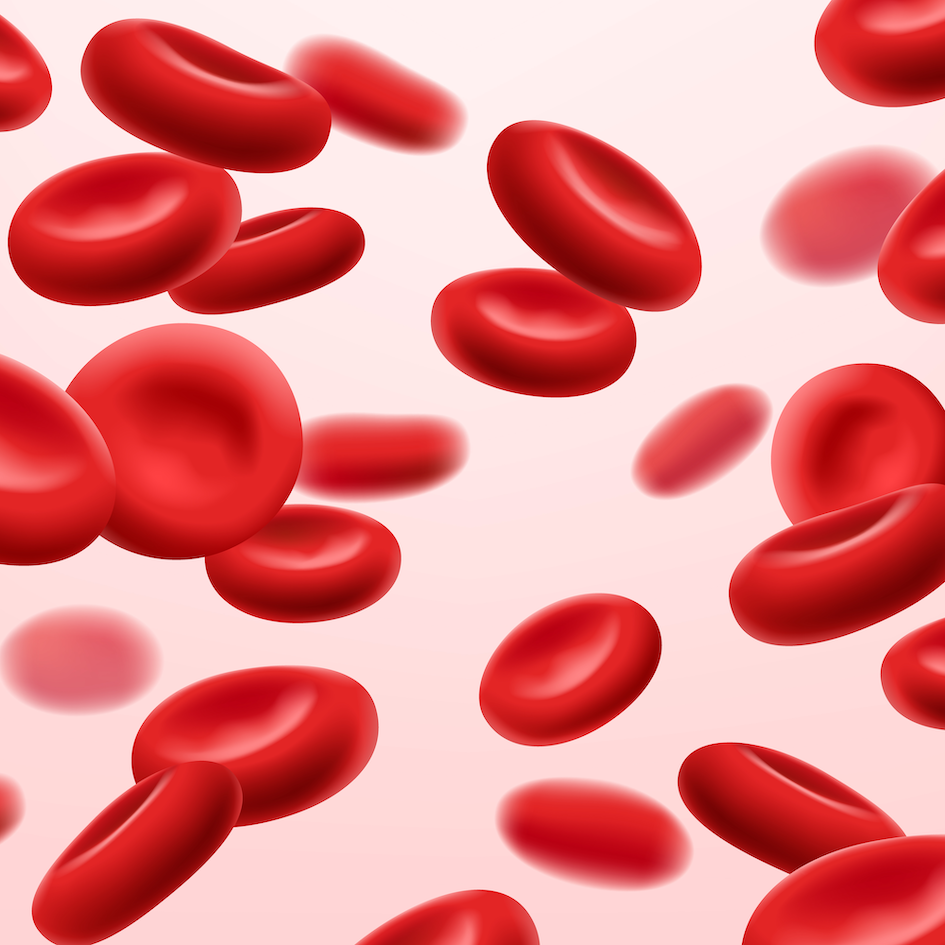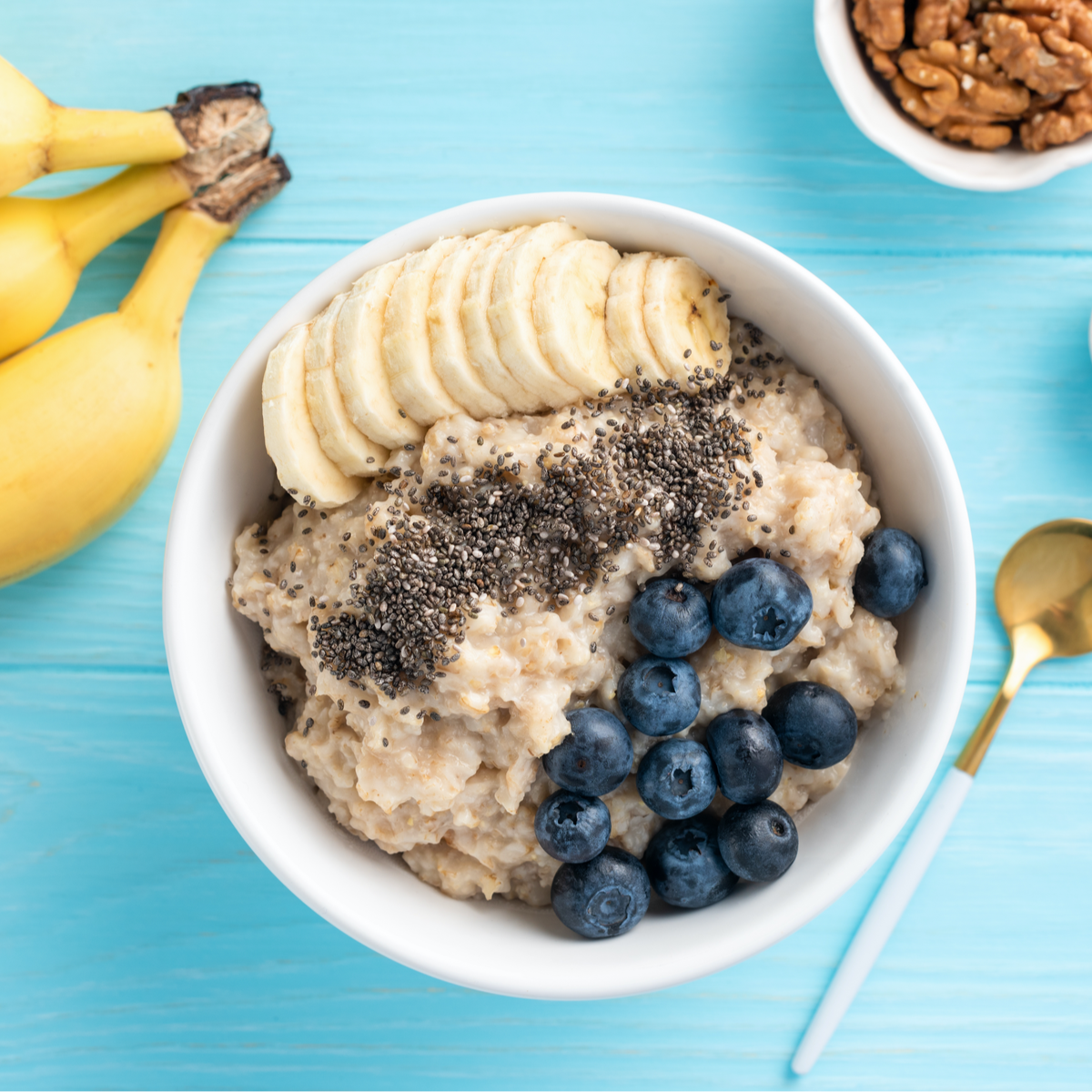
Olive oil is delicious, versatile, and has a strong track record healthwise.
Yet, shopping for olive oil can be overwhelming. Cold-pressed? Virgin? Extra-Virgin? Light?
The “best” choice depends on your intended use, your tastes, and your budget.
The basic fat and calorie content does not change significantly from bottle to bottle, but other aspects do, these include flavour, nutrients, smoke point. All olive oils are a mix of fats – mostly monounsaturated, with smaller amounts of saturated fats and polyunsaturated fats. These are thought to be neutral to positive healthwise relative to saturated fats. All olive oils contain about 120 calories per tablespoon (14 g fat).
While we don’t fully understand the apparent benefits of olive oil (since many studies are associative and not full controlled), we do know that they contain decent doses a group of chemicals called phenols, or polyphenols, which can act as antioxidants (and possibly more). Levels of other antioxidants, notably vitamin E are not particularly impressive, and vary greatly depending on the source of the oil.
For dressings and LOW heat frying, I splurge on flavourful virgin or extra virgin oils, typically cold-pressed. With slightly lower acidity, EVOOs tend to have an edge taste-wise, though personal preference matters most. These oils are subject to strictly regulated quality standards.
Cold-pressed simply means that the fats were literally squeezed out of the olives in a temperature controlled environment. That’s it. This process is a win health-wise because it preserves the amounts and activity of some of the sensitive antioxidants.
For high heat cooking and baking, I opt for refined olive oils or other plant oils. It can be dangerous to go over the smoke point of an oil, which ranges from 320-420 F for EVOO but closer to 475 for refined.
Refined oils are made using heat and / or chemicals to extract and alter the oils from olives. They are typically marketed as “light” or “extra light”. This term refers to their colour, not their calories. They have a much milder taste, which can be a plus for baking. One big downside is their much lower levels of potentially beneficial chemicals. Their overall fat profile is not different from EVOO, and likely still a better choice than saturated fats.
Note: Fino olive oil is a blend of extra virgin and virgin olive oils.
To be clear, I don’t view olive oil as a miracle food. Rather, I see it as one of several healthy options when you want to add a little fat.





